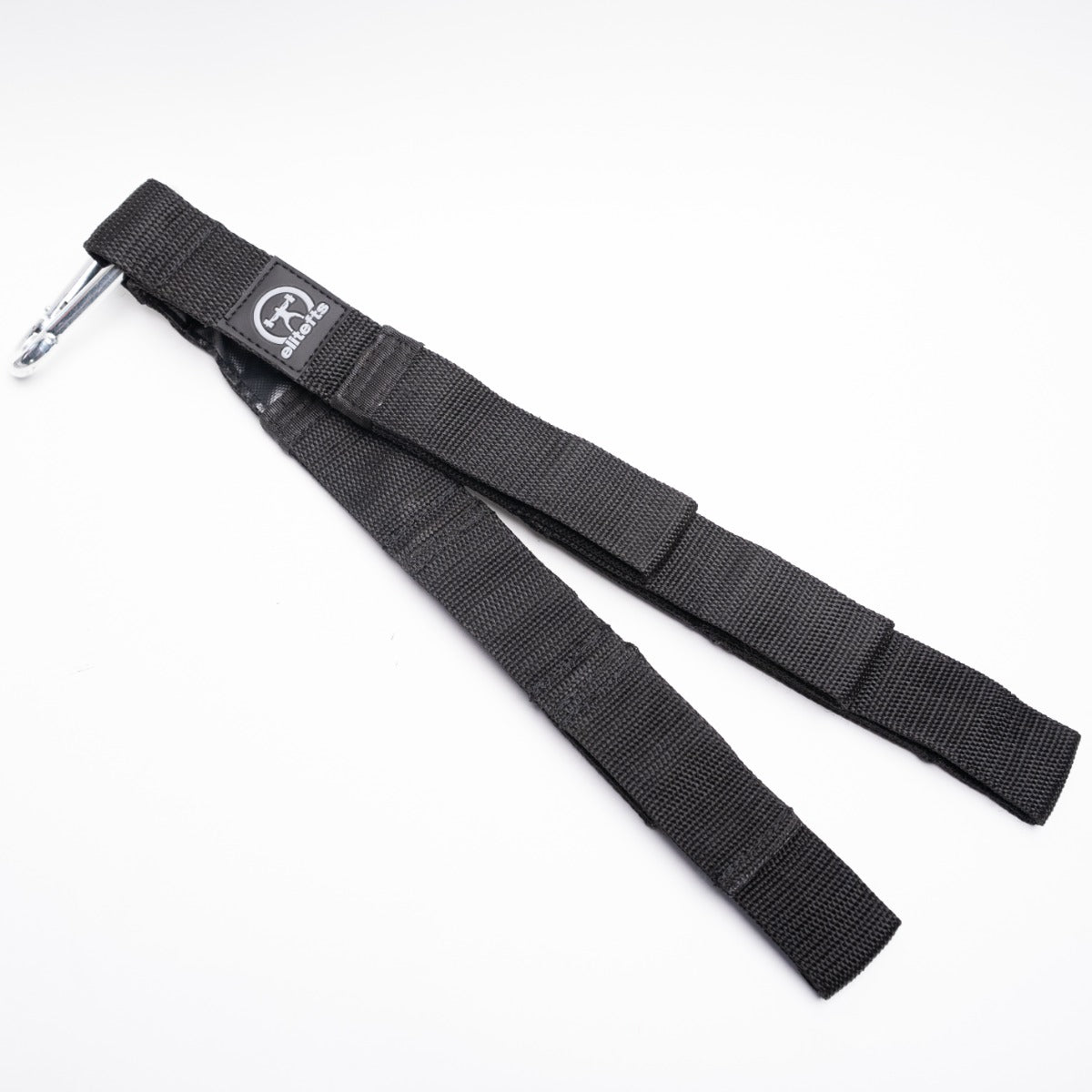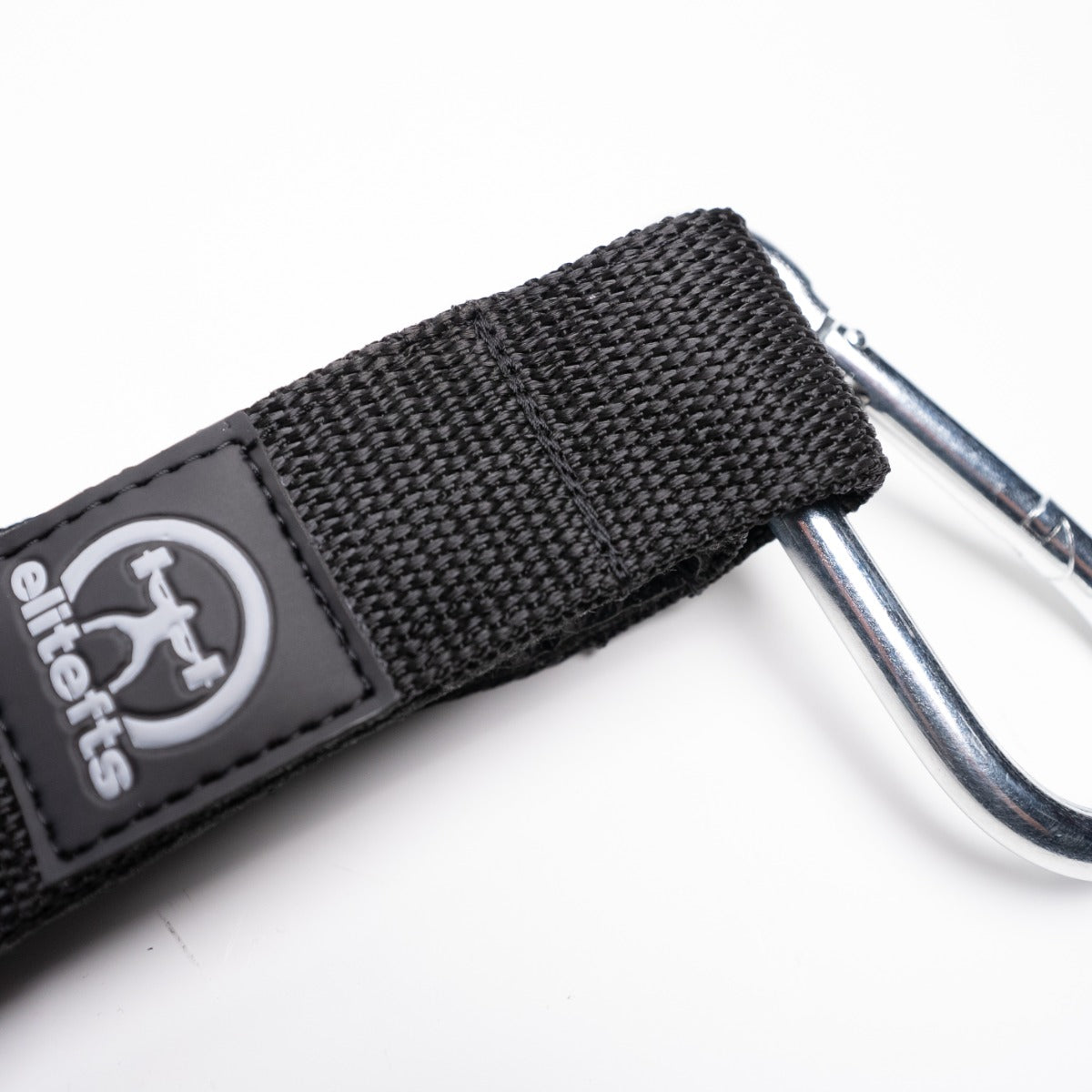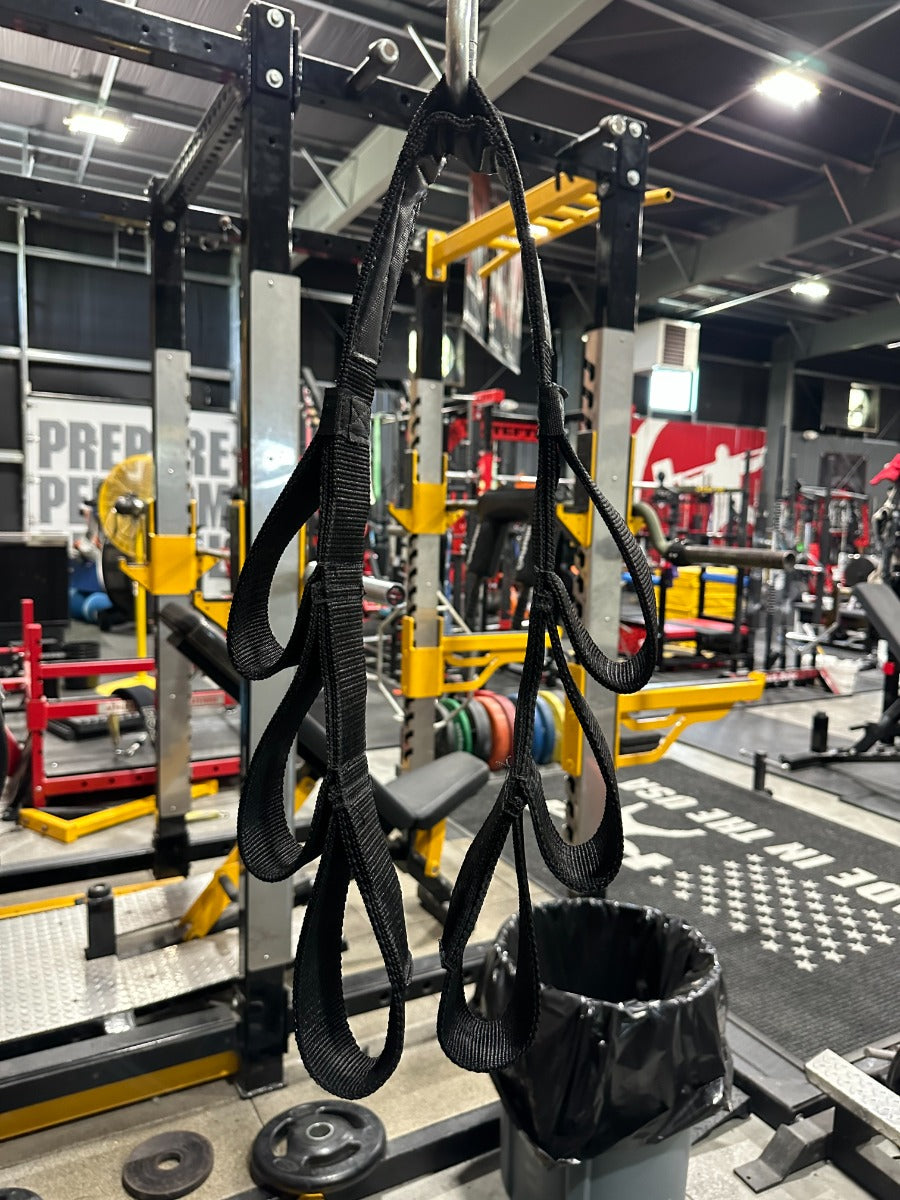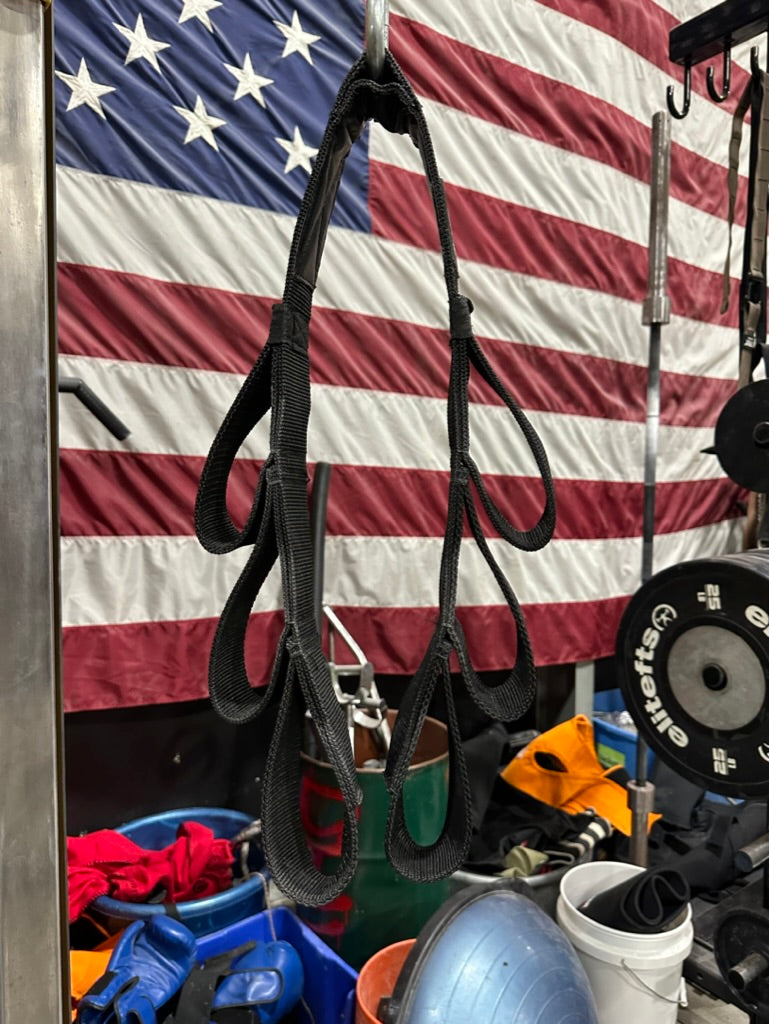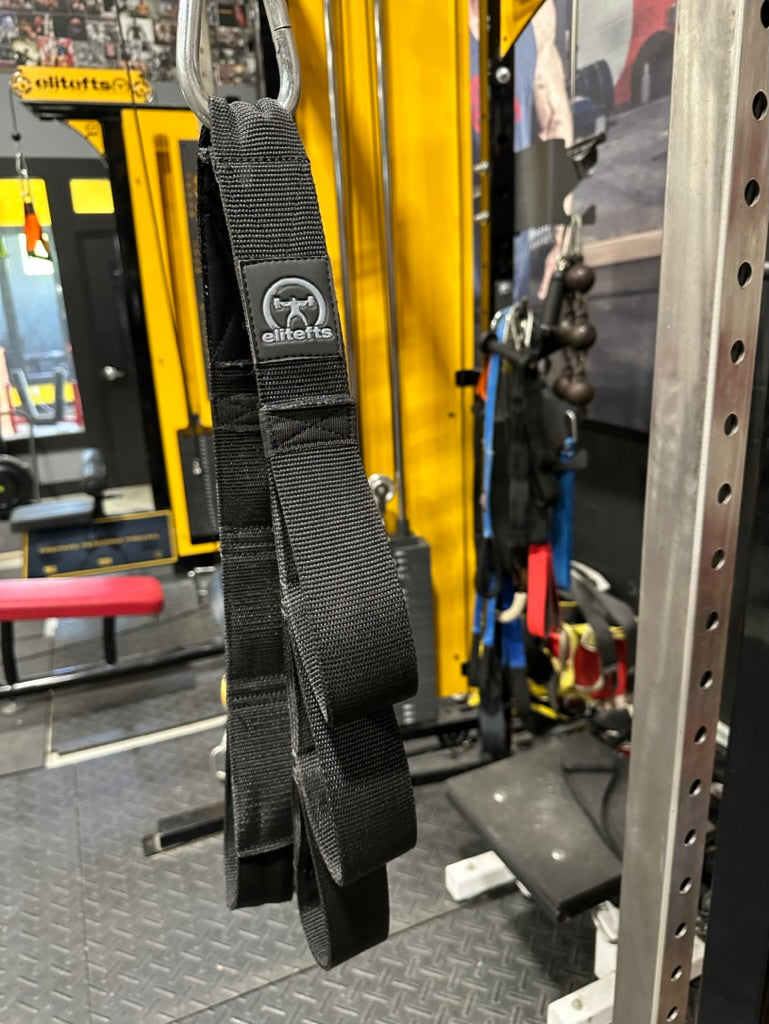
This is part of a series on the mental aspects of training. If you enjoy it, please check out the other articles in the series:
How to Heal Any Injury Over Night and
The Dark Side of Motivation.
The first time I really realized the power of mental training to maximize performance came from watching someone else struggle. She was attempting a new snatch PR, something like two kilos over her best at that time, and the weight was flying up, but she wouldn’t jump under it.
“What’s wrong?” her coach asked. “I’m scared of the weight,” she answered. “Well, get back under there!” her coach answered back.This went on for a good ten or fifteen minutes of misses—bad misses—before both the lifter and her coach were exasperated and gave up completely. I don’t like to give unsolicited advice at the gym, nor to interfere with another coach’s athlete, but it was really hard for me to hold back, because it was obvious to me (and to anyone else watching) that she was more than strong enough to handle the weight, and trying harder wasn’t getting anywhere. The problem had nothing to do with her body and everything to do with her mindset. Unfortunately, mental training wasn’t something she practiced, and it wasn’t a part of her coach’s skill set—and so, at the end of the day, neither one got what she wanted. If this situation sounds even remotely familiar, I’ve got good news: there’s a cure.
The Zone
Ever seen an athlete at his best? Of course you have. In fact, even if you’ve never played football, basketball, or tennis in your life, you can tell when Tom Brady or LeBron James or Maria Sharapova is doing something special on the field, court, or clay. There’s just something about the way they move: calm, poised, but quick as lightning, besting the world’s other greatest athletes with ease. ESPN tells us it’s “the zone,” Eminem describes it in “Lose Yourself,” and researchers often call it “flow.” They all refer to that state of nearly complete absorption in the current moment, where time seems to slow down, pressure dissolves, and performance skyrockets. If you’ve ever been in the zone yourself, then you know it’s a remarkable feeling. In fact, if you’re like most people, you have been in the zone before, but those moments are few and far between, and it seems like they come less and less often. But the truth is, you can cultivate that all-too-elusive feeling of flow and transform it from something spontaneous—something that only happens in the most perfect of circumstances— into a skill that you can use anytime and anywhere you need it. If that seems difficult, I understand. I’ve writtentime and
again about how I’ve struggled to perform under pressure, and I know all too well when the fight-or-flight feeling of an adrenaline rush becomes something close to a panic attack. If you’ve ever experienced that feeling, you know there’s almost nothing you can do in the moment to calm yourself down, let alone find the balance of focus, calm, and aggression necessarily to smash huge weights. That’s why you have to practice when there’s no pressure—so you’re ready to go when the time comes.
Thought and Emotion
Okay, so how do you practice? First, recognize that the secret to getting in the zone doesn’t involve recreating a specific set of circumstances at all. It’s more about letting go of the things that are distracting you from the task at hand, regardless of what’s going on around you. That’s far easier said than done, of course. You’ve probably had bad training sessions before, where your body felt great but your mind just wasn’t in the right place. Maybe you received some upsetting news or had an argument with your significant other before leaving for the gym. It’s often even more difficult when the body and mind are both feeling a bit rough: if your boss came down on you in the office yesterday and the new baby kept you up all night, you might skip a training session altogether. Or maybe, like me, you’re a very emotional lifter. When you get to the gym, you kick Pantera up to 11 and start thinking about how fucked up the world is, just trying to get that blood boiling enough to fuel an intense session. Time for a big PR? Better bust out that extra-strength face-meltingnose tork. Hell, might as well bust it out for all your work sets, just to be safe. Emotional lifting works, sometimes. Other times, you have a shitty workout and leave the gym feeling tired, frustrated, angry, or even injured. The truth is, you don’t need that huge list of cues or that adrenaline kick from smelling salts to put up big weights. That might sound crazy if you’re a very cerebral lifter who thinks through every lift very methodically. Personally, I’m a very emotional lifter, and I depend on a fairly high level of psychological arousal to fuel my workouts, and for a long time, I simply didn’t believe that it was possible to reach my potential any other way. But if you have several cues to help you execute a lift, it’s actually very difficult to run through them in your head and still remember to put enough energy into the movement to actually complete a max attempt. Conversely, when you get too amped up, you’re likely to rush a lift and lose the groove. Imagine what lifting could be like without those mental and emotional crutches: you walk up to the platform completely in the moment, aware of your body—your posture, the weight of your feet pressing down into the floor, the gritty feel of the chalk on your hands—but not distracted by it. You take the weight confidently so that it almost becomes a part of you; and the lift—a max attempt—feels nearly effortless. It’s a pretty cool place to be, and one worth working towards. Keep in mind: I’m not saying you need to lift weights calmly. Ever seen me train? I stick my nose so deep into that bottle that my eyes bug out and my ears bleed. Someone once described the sound I make as an “anabolic scream.” The point is that regardless of how your body behaves, you need a mental place of calm to perform at your best.
The Practice
So, how do you get from mental cues and psyching up to cool, calm and collected? Obviously, it takes practice. Don’t jump into the routine below expecting that you’ll be able to find the zone the next time you train. It might take weeks or even months before you can recreate that feeling regularly. There’s no rush! In fact, trying to rush the process will only make it more difficult. Instead, enjoy the journey. You can continue to use your mental cues and rely on emotion like anger or even frustration until you feel totally comfortable letting them go. This routine is to be performed while you’re at the gym.- At your next workout, before your heaviest set of the day, go find a place in the gym where you won’t be disturbed for two or three minutes. If you can’t find one, just sit down comfortably, put on your headphones and close your eyes.
- Take a deep breath, inhaling for a count of five, and exhaling for a count of five. As you breathe in through your nose, focus on the feel of the air filling your lungs, lifting up your chest and centering in your core. As you breathe out through your mouth, focus on the sense of calm that builds in the body. Repeat for five deep breaths.
- Take a moment to become more aware of your physical senses: any tastes lingering on your tongue, smells in your nose, sounds in your ears. Notice the experience of your body, how your clothes feel against your skin, and how your feet feel against the floor.
- Recall a time when you were completely in the zone when your body and mind were at their best. Don’t think about the moment—just try to remember how it felt. Now imagine filling your whole body with that sensation, starting at a spot just above your head, and working down through the head, neck, shoulders, arms, chest, back, abdomen, legs, and feet. Then reverse the process, drawing the sensation up from your feet through your legs, abdomen, back, chest, arms, shoulders, neck, head, to just above the head.
- Take one last deep breath in through your nose, let it out through your mouth, and open your eyes. The whole process up to this point should have taken no more than two or three minutes.
- Perform your set exactly as you normally would.
- After your set, sit down again and close your eyes. Reflect back on how it felt: were you more aware of your body? Did you approach the weight more calmly than you might have without performing the breathing exercise beforehand? Did you exert enough effort necessary to lift the weight with good technique?
60 Seconds to a Huge PR?
As much as I emphasize the value of mental training, I want to be very clear that there are no shortcuts to strength. Having a strong mindset can help you to demonstrate your abilities more consistently and at a higher level, but it won’t unlock some magic energy that will transform your body. You must put in the time and you must put in the effort on agood training program—and you must do those things consistently for years if you want to reach your potential. If this article has been helpful to you, I’d really appreciate it if you’d leave a comment on similar topics you would like me to write about. Or, if you thought this article sucked, tell me why it sucked! I’m really trying to produce useful content, and so your feedback goes a long way.





































































































